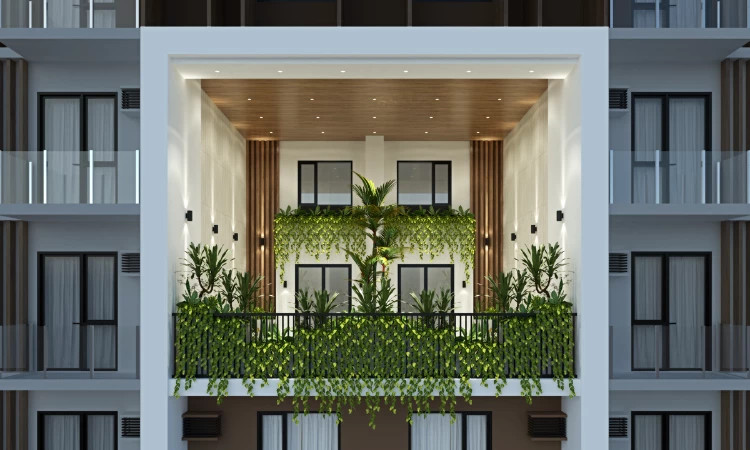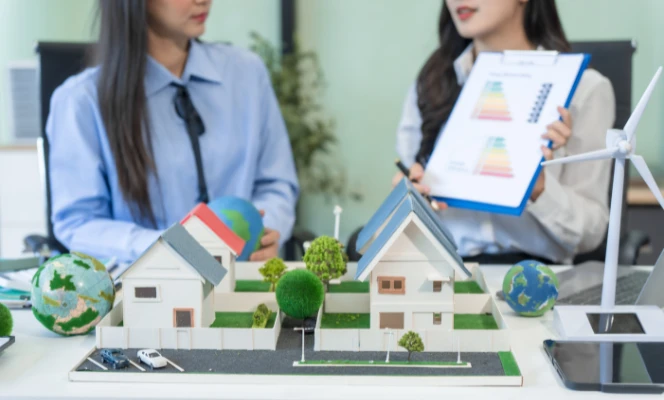Green Living: Eco-friendly Homes and Sustainable Practices in Real Estate
March 7, 2024

The Philippines is ushering in a new era of real estate, one marked by a commitment to environmental consciousness and sustainable living. From integrated green communities to innovative energy-efficient designs, these initiatives not only offer modern comforts but also contribute to the planet's preservation.
Here's a closer look at the eco-friendly homes and sustainable practices reshaping real estate in the Philippines.
1. Innovative and Efficient Designs for Sustainability
Energy-efficient designs are at the forefront of the green real estate movement. Solar panels, a common feature, harness sunlight to power buildings, reducing reliance on fossil fuels. Rainwater harvesting systems collect and store rainwater for various purposes, promoting water conservation. The emergence of smart home automation, controlled by sensors and software, optimizes energy use by automating tasks such as adjusting lighting and thermostats, reducing energy consumption and utility bills.
2. Integrated Green Communities
Integrated green communities are gaining popularity, seamlessly blending with the natural environment while providing residents with modern conveniences. These communities boast expansive green spaces, featuring lush lawns, towering trees, and winding pathways. Beyond aesthetics, these areas offer recreational opportunities like biking, hiking, and picnicking, fostering a connection to nature rarely found in urban settings.
3. Building Responsibly with Sustainable Materials
Builders are increasingly turning to sustainable construction materials. Bamboo, a fast-growing and durable plant, is a popular choice for flooring, furniture, and roofing. Recycled materials, including concrete, glass, and steel, are repurposed to create new building products, minimizing waste and adhering to responsible construction practices. The rise of low VOC paints improves indoor air quality, emitting fewer harmful chemicals.
4. Rooftop Gardens: Green Oases in the City
Rooftop gardens are emerging as multifunctional additions to real estate. Beyond their aesthetic appeal, they contribute to improved air quality by absorbing pollutants, reduce the urban heat island effect, enhance biodiversity by providing a habitat for plants and animals, and positively impact mental and physical health. Additionally, they increase property value, appealing to environmentally conscious homebuyers.
5. Adoption of Waste Management Systems
Waste management is a critical component of sustainable real estate. Recycling programs, composting facilities, and proper waste segregation practices are implemented to reduce the amount of waste going to landfills. Recycling turns waste into new products, composting transforms organic waste into fertilizer, and proper segregation ensures correct disposal, reducing pollution and supporting a circular economy.
We are witnessing a paradigm shift in real estate towards eco-friendly and sustainable practices. These initiatives not only reflect a commitment to environmental preservation but also offer a blueprint for modern living that harmonizes with nature. As a prospective buyer, embracing these green real estate initiatives is not just a choice for a home but a step towards contributing to a sustainable future.
Share this article




